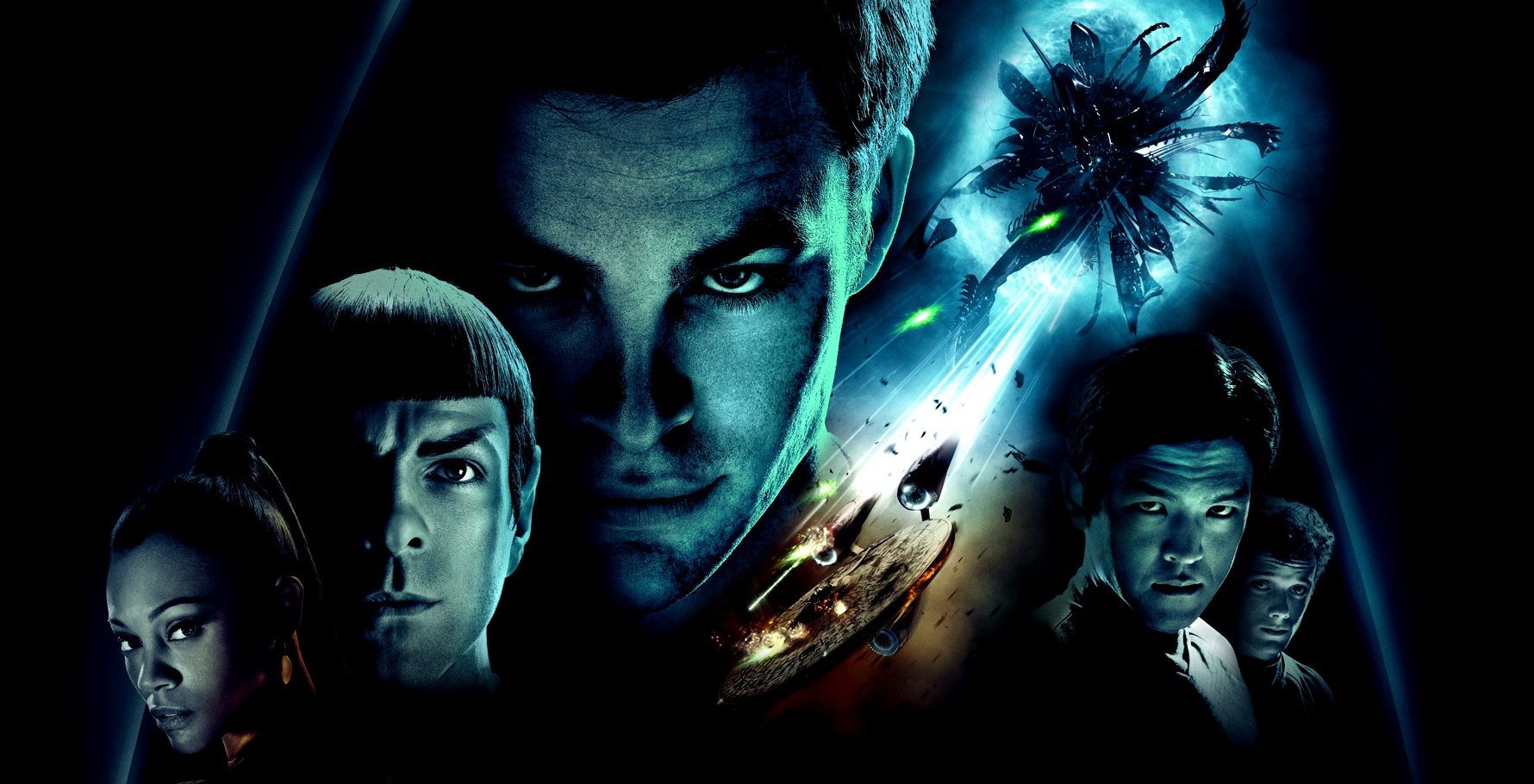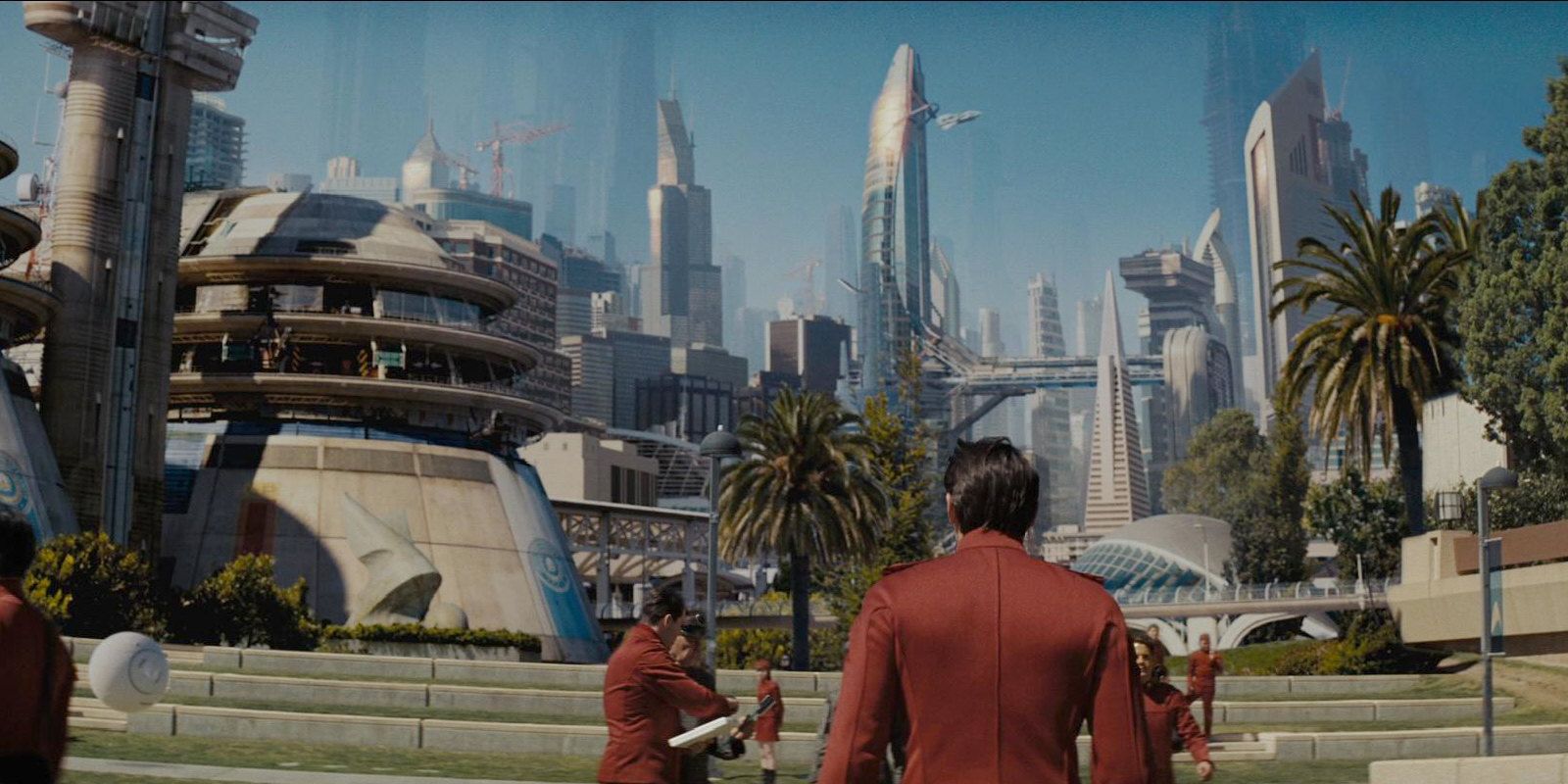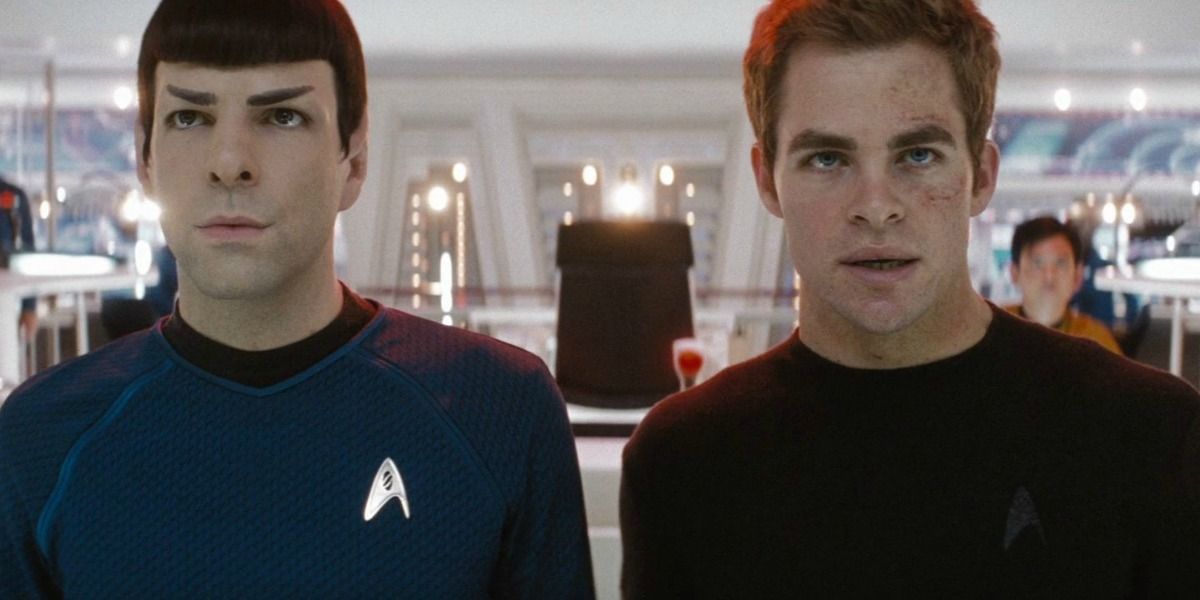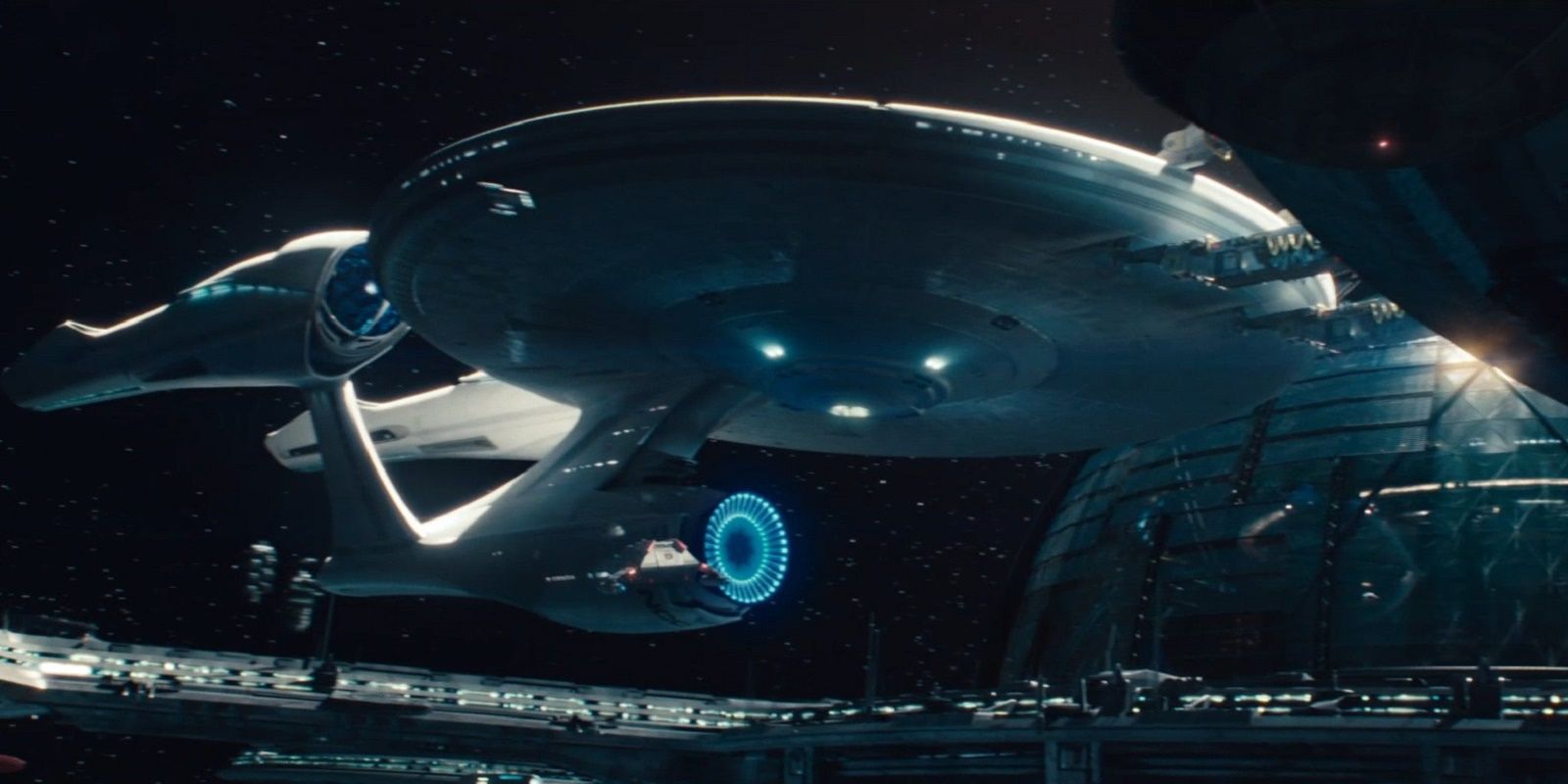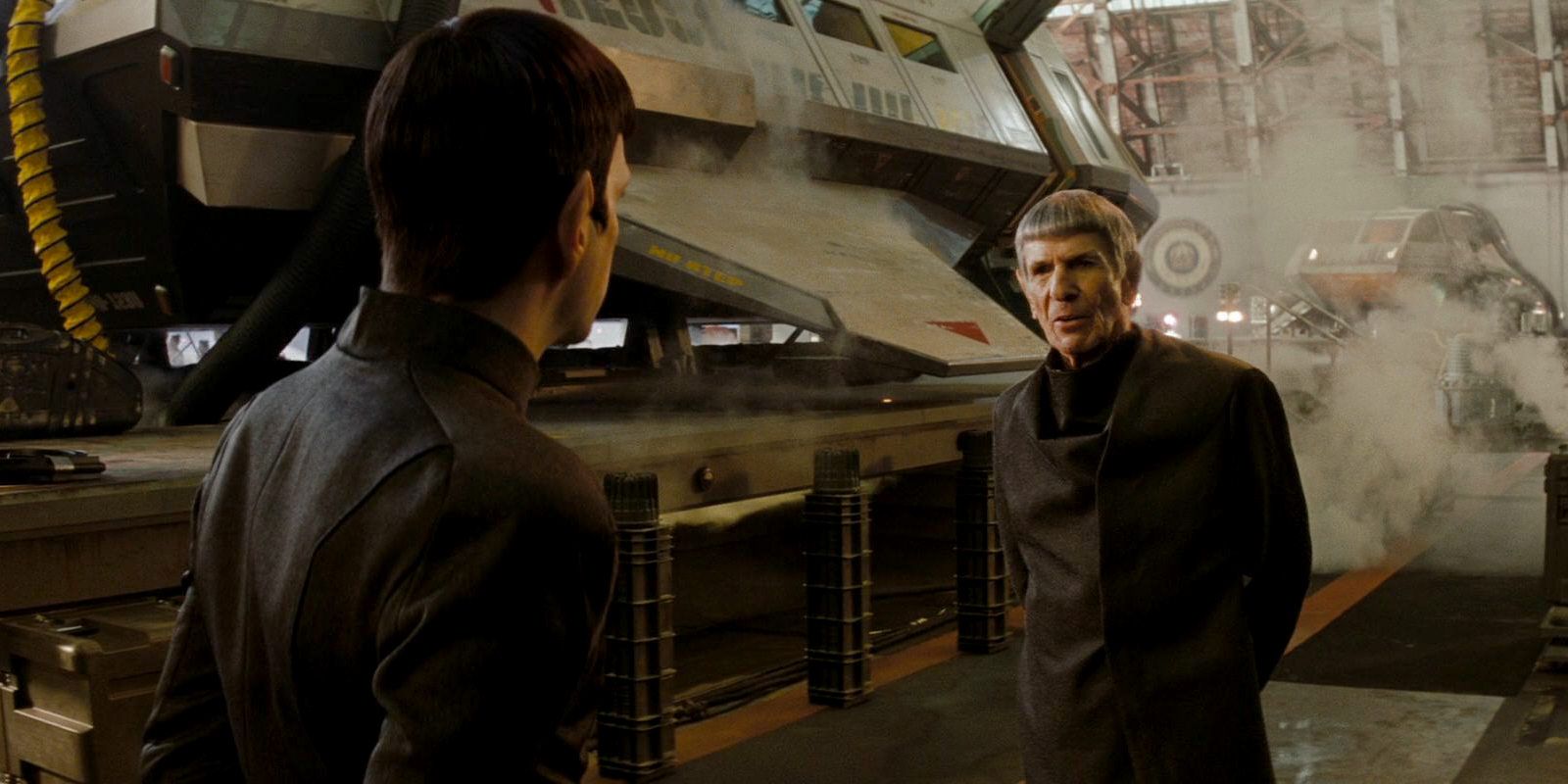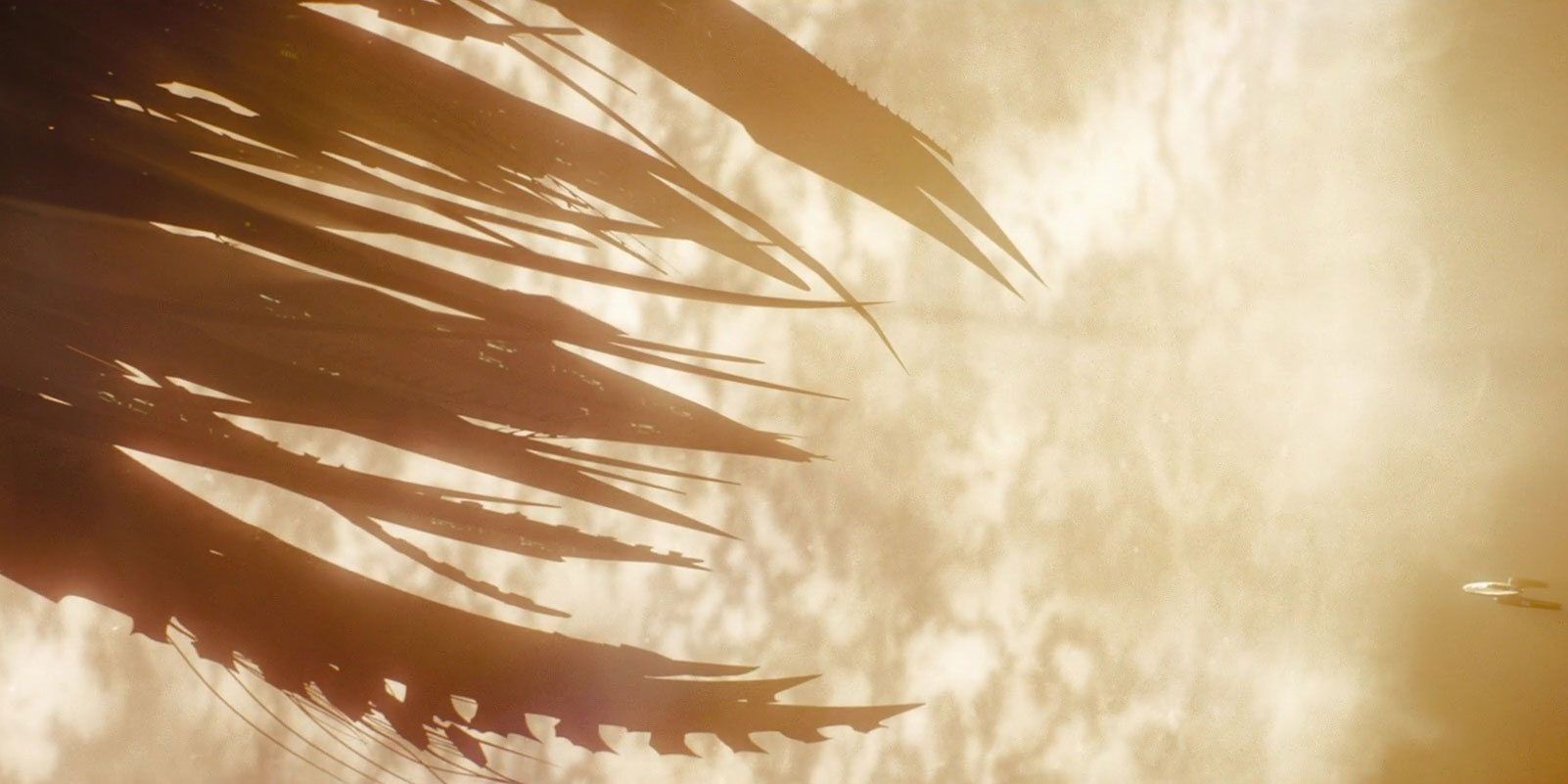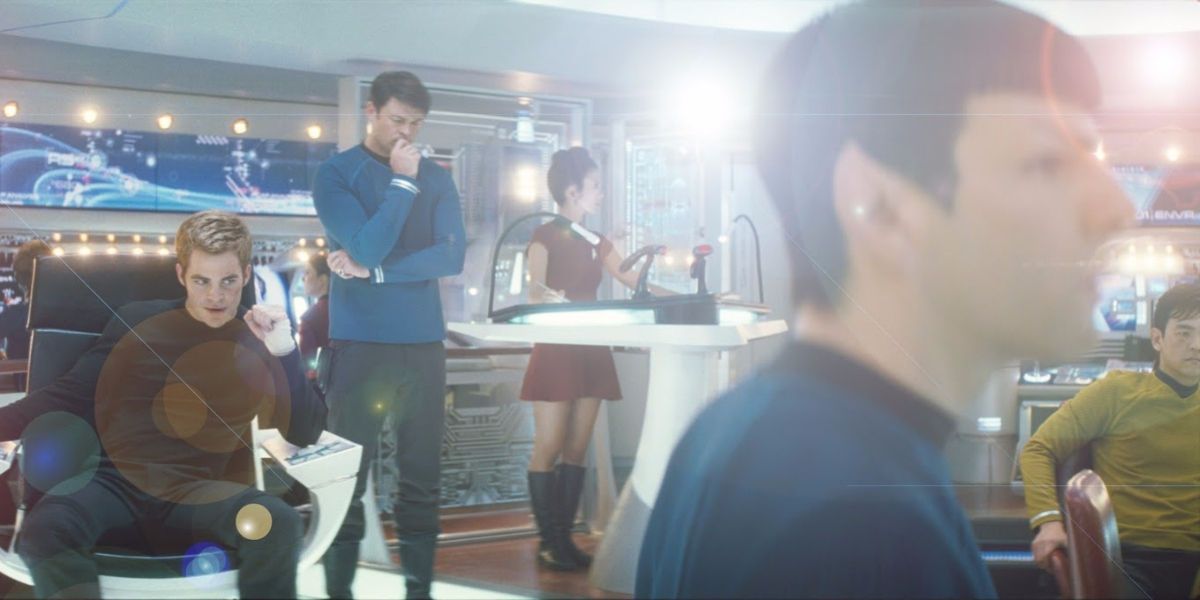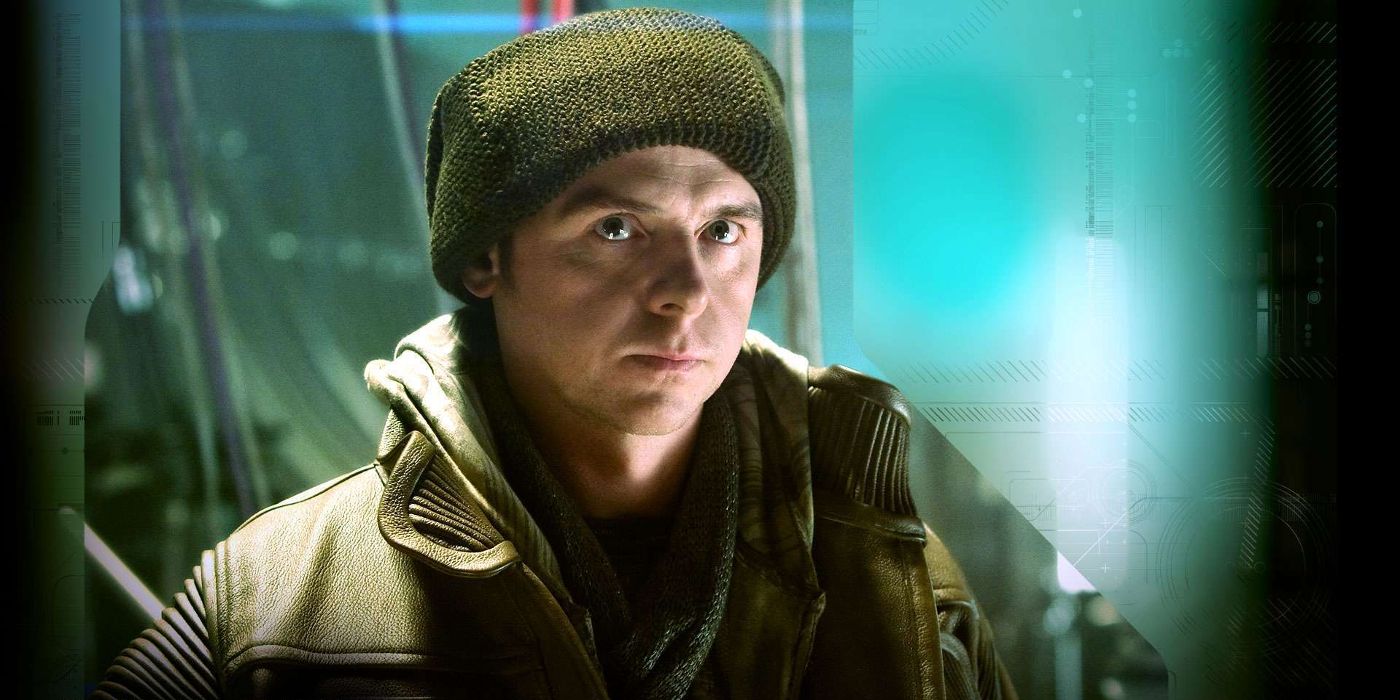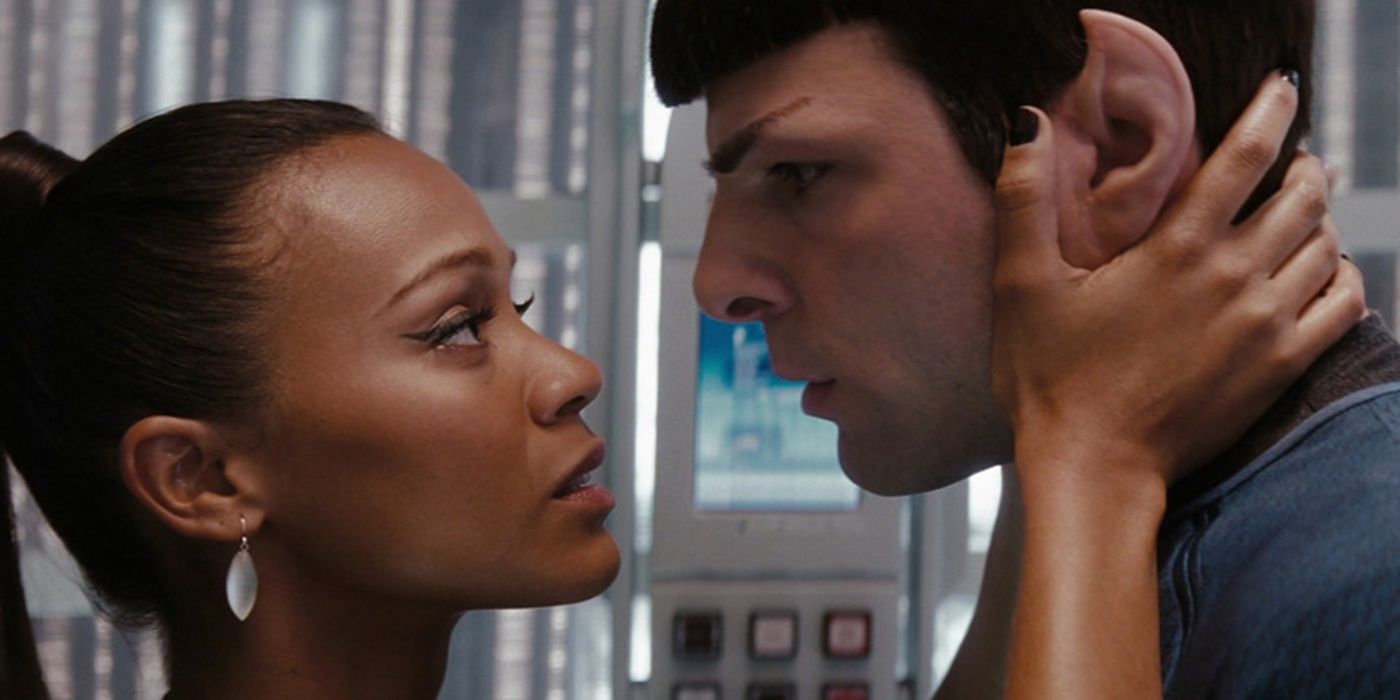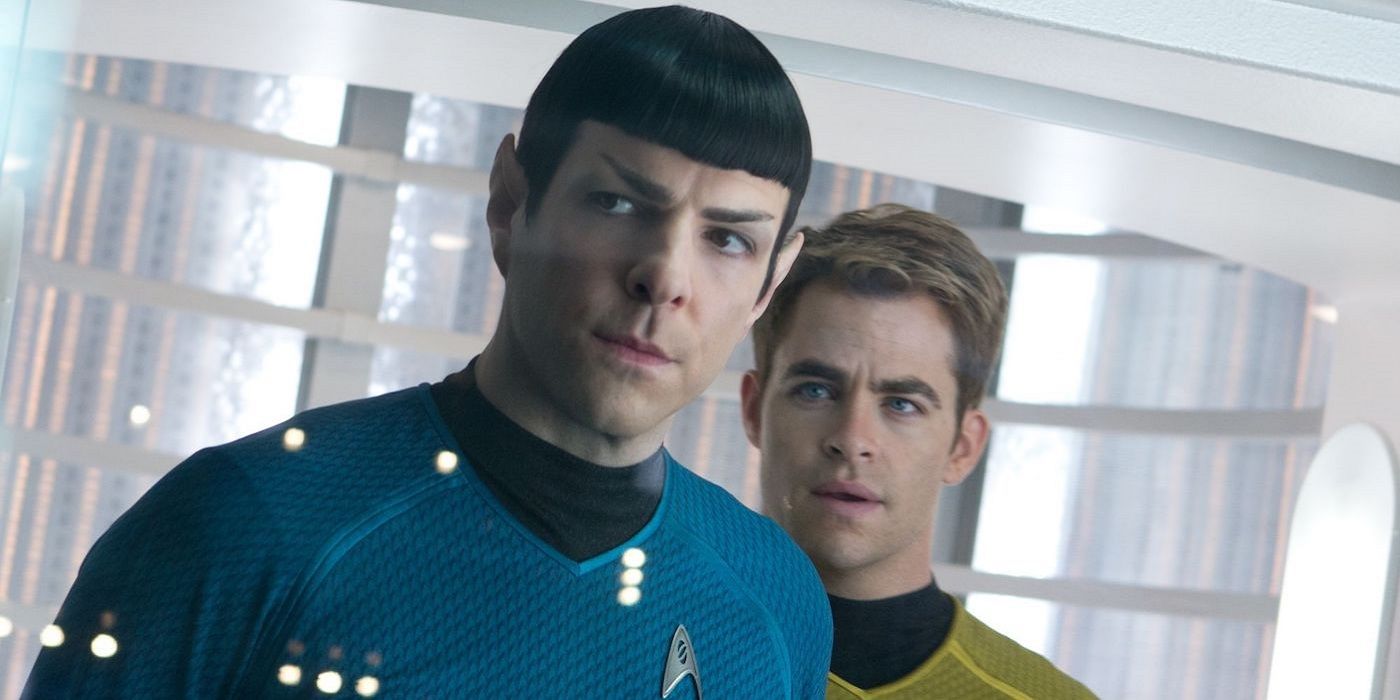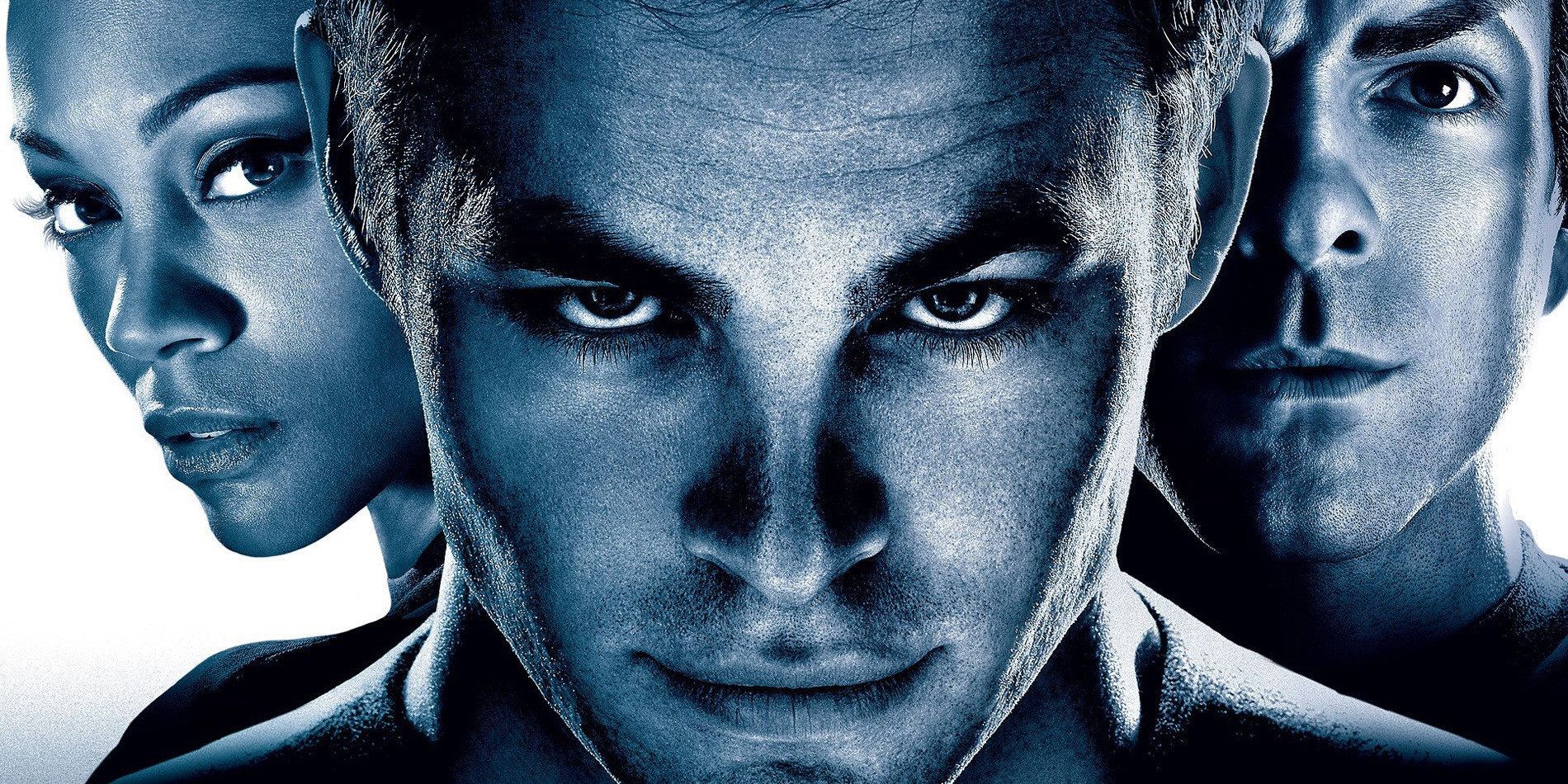It’s easy to write off J.J. Abrams as a one-trick pony based on the fact that his Star Wars movie, The Force Awakens, was a rehash of A New Hope and had little of its own merits to offer. But back in 2009, he proved himself to be a great director – and a great rebooter of beloved franchises – with his Star Trek movie.
Abrams himself has admitted that he wasn’t a huge Trek fan when he took on the job, but this distance from the source material might be the key to what made his reboot so great. Here are ten ways Abram's movie improved the franchise.
The reboot gives the characters a more complex backstory
Prequels are always tricky, because the audience already knows the ending. But J.J. Abrams – and his screenwriting team, Roberto Orci and Alex Kurtzman, whose contributions shouldn’t be discounted – used the prequel framework to explore the characters’ backstories a lot more than the TV series ever did.
We see what happened to Kirk’s father, how Kirk and Spock met, what their time at Starfleet Academy was like, how Kirk ended up captaining the U.S.S. Enterprise, and what brought the crew together in the first place. The characters of Star Trek had never been given a background that complex before and it was immensely satisfying.
A consistent tone
The tone of Star Trek is very specific, and as soon as The Dark Knight hit theaters, the tone of every single franchise shifted towards the one set by Christopher Nolan for the Batman character. But the problem with that is that the tone of The Dark Knight only suits Batman and the Joker and Gotham City.
It doesn’t work for Superman or the Fantastic Four or most of the other intellectual properties that were given a Nolan-ish makeover after The Dark Knight grossed over $1 billion. However, the bright, optimistic tone of J.J. Abrams’ Star Trek reboot is in direct contrast with The Dark Knight – and it’s perfect for Star Trek.
A more detailed design of the Enterprise
The Star Trek TV series gave us an immersive view of the U.S.S. Enterprise. We got a sense of what all the different components looked like, from the main bridge to the engine room, and the appearance of the ship as a whole as it cruised through space was gorgeously rendered.
However, it didn’t have the budget or the technology to really plunge audiences into the Enterprise in the way that the reboot did. Thanks to CGI effects on all the windows and screens, we get more of a sense of the Enterprise as an actual starship making its way through the vacuum of space. We feel it cruising through space as opposed to just seeing it.
It made the reboot part of the original canon
J.J. Abrams defined the term “reboot” with his 2009 Star Trek movie, but he also subverted the rules of rebooting by acknowledging the original canon. Rather than just retelling the story of The Original Series, the movie took place in an alternate reality where all of those characters look a little different.
The alternate reality was created by time travel done by both Nero and the original Spock. This led to Leonard Nimoy’s Spock making an appearance. If reboots, by their nature, are nostalgic, then Abrams found a way to reconcile looking into the future with nostalgically looking into the past in a way that he failed to do with his subsequent Star Wars reboot.
Spectacular action sequences
If there’s one thing that the early Star Trek series struggled with, it’s action sequences. This is mainly because the technology wasn’t there to show starships blowing each other up and the stunt business hadn’t been given the shot in the arm that led to visceral, brutal fight scenes in movies.
Even the most memorable action sequences from the TV series, like Kirk’s fight with a Gorn, are laughable by today’s standards. But J.J. Abrams put his $150 million blockbuster budget to good use with the 2009 reboot and gave us a string of breathtaking action sequences.
The lens flares work
A common criticism of J.J. Abrams’ movies is that he overuses the “lens flare” effect. However, in Star Trek, it works. It doesn’t work as much in something grounded, like Super 8, or something more focused on ancient legend than futuristic tech, like Star Wars, but it works a charm in Star Trek.
Since most of the scenes take place on starships filled with space-age gadgets and ultramodern weaponry, the lens flare adds to each sequence, rather than detracting from it. The lens flare isn’t a particularly innovative film-making technique, but Abrams’ style does go hand-in-hand with the material in this instance.
A good balance of heart and humor
A healthy balance of heart and humor – not too much of either, but plenty of both – is the key to a great blockbuster. It’s fair to say that Marvel Studios currently has a stranglehold on the blockbuster market, and this is mainly because their movies are imbued with a delightful combination of heart and humor.
J.J. Abrams’ Star Trek reboot balances these two elements wonderfully, with characters who genuinely care about each other and a lot of funny gags (mostly involving Simon Pegg’s Scotty). There’s nothing worse than a humorless take on Star Trek. Humor has been there since the beginning. It’s a relief that Abrams honored that amidst a gloomy cinematic climate.
Perfect casting
The original actors from the Star Trek TV series – William Shatner, Leonard Nimoy, Nichelle Nichols etc. – were perfect for their roles. But the movies they were in went some way towards sullying their legacy, because the pre-reboot Star Trek film franchise had breathtaking highs and soul-crushing lows.
The reboot gave us the ideal casting for those characters. Chris Pine has the cool attitude and heroic bravado to play Kirk; Zachary Quinto has the calm demeanor and likability to play Spock; Zoe Saldana has the fierceness and nobility to play Uhura. All the reboot actors have been perfectly cast in their roles, which makes the characters more relatable.
The incredible chemistry shared by Chris Pine and Zachary Quinto
Not only are Chris Pine and Zachary Quinto perfect for the roles of Kirk and Spock, they also have the chemistry that made William Shatner and Leonard Nimoy’s pairing in the roles such a delight. This chemistry grows and strengthens as the movie goes on, but that’s only because the movie is a prequel.
Kirk and Spock aren’t friends yet when we first meet them. Instead of just seeing them as close allies, which would be plenty, we see them as adversaries who grow to become close friends. We see how their relationship grew from the beginning. With lesser actors, this wouldn’t be anywhere near as effective.
It made Star Trek accessible to mainstream audiences
In the ongoing debate between Star Wars and Star Trek fans, one point in favor of Star Wars has always been its mainstream appeal. With its headier themes and more typical sci-fi setup, Star Trek has only ever appealed to hardcore sci-fi fans.
However, J.J. Abrams’ big-screen reboot managed to make the world of Kirk and Spock accessible to a mainstream blockbuster audience. Even more amazingly, it managed to do so without compromising any of the characters or their storylines. The 2009 movie is true to the Trek mythology and honors its characters without alienating new viewers or passive fans.

